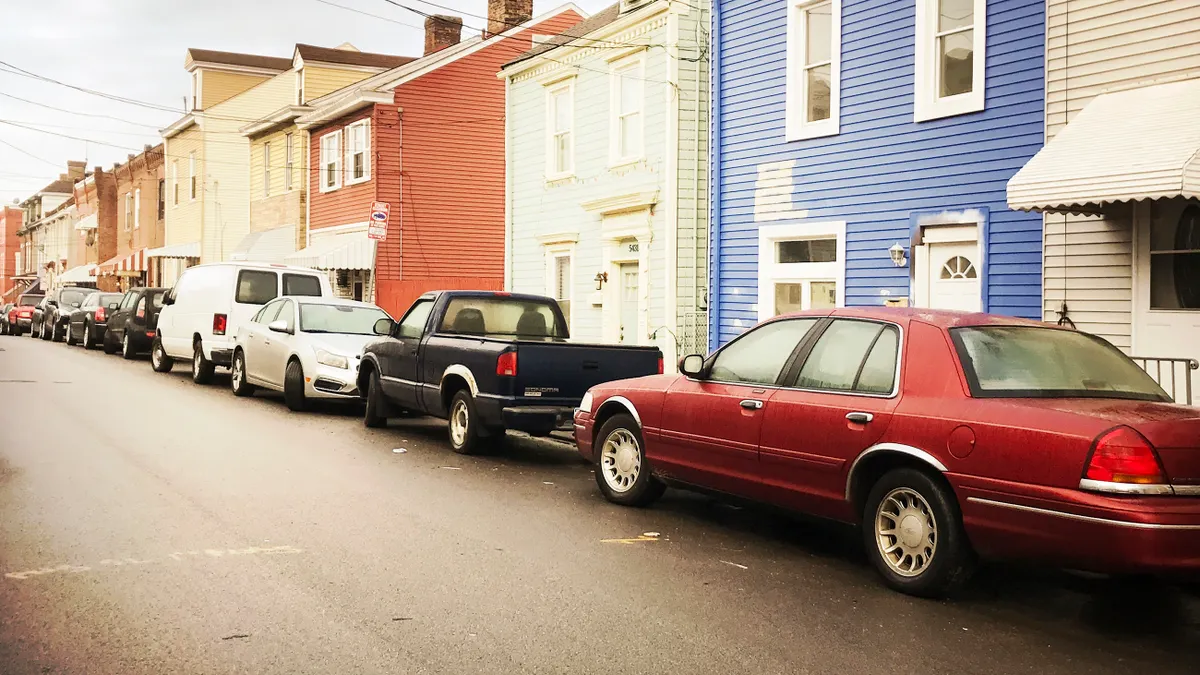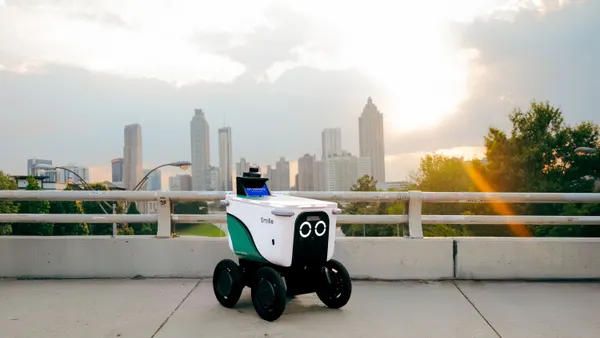Editor's Note: The following is a guest post from Jim Barry, geodeveloper advocate at Esri.
There’s a revolution in civic innovation taking place in most major cities around the world. One by one, cities are realizing the need to provide easy access to open spatial data and interactive map apps for partner agencies and local governments. Many cities already have location intelligence systems through geographic information system (GIS) software, and have for decades; however, many municipal government agencies still do not have the capacity to collect and maintain their own GIS data or to serve this information up to others.
Allowing people from government workers to constituents to explore information on their own frees up workers and provides data and resources within their daily workflows. Citizens can also access apps to be better informed about services and activities dealing with property, business, transportation, taxation, recreation and more.
This model for smart cities with open and connected spatial data allows everyone from planners to managers to the public understand what needs to be done, and access the proper tools and resources to achieve those goals. But it starts with three simple upgrades that a community must make: organizing and geoenabling data, activating and connecting sensor networks, and facilitating cross-organizational collaboration.
Making sense of city data
A picture tells a thousand words. So, conveying complex information to people who may not have a deep or professional understanding of it can be easier with data-driven maps and animated graphics. One example of this strategy is a comprehensive report of New York City’s elevators created by the Department of Buildings (DOB). The 2017 report covered all devices under the DOB’s jurisdiction that went up and down, and included more than 84,000 devices, from elevators and escalators to dumbwaiters and even rollercoasters, all amounting to an estimated 35 million passenger trips each day.
The DOB report is largely presented as a series of maps, each of which is enriched with a host of information. For instance, one map shows the type and number of devices in each community district, and provides information on the number of devices in each building within a community district. Another map lets viewers examine information about elevator violations and complaints across the city. The report also detailed how the DOB’s Elevator Unit regulates the city’s elevators, escalators, amusement park rides, and other devices by performing inspections, testing, and plan reviews.
The mapped report shows a clear and understandable picture of where problems existed, and where solutions specifically needed to be targeted. The Elevator Report is the latest in a series of interactive dashboards from DOB’s Data Analytics Team, who are using the agency’s long-held data to provide the public with insights into the city’s built environment.
Activating the IoT
Smart capabilities and emergency response are intersecting in the area of predictive data analytics. If information can be used to understand how future events will unfold, we can respond in a more informed way, and in turn, can save more lives.
Virginia Beach’s StormSense Project is an award-winning inundation forecasting research initiative participating in the Global City Teams Challenge (GCTC) which uses such predictive capabilities. Initially funded by the National Institute of Standards and Technology, the objective of StormSense is to enhance the ability of communities to prepare for and respond to the disastrous impacts of sea level and coastal flooding in ways that are replicable, scalable, measurable, and that make a comparable difference worldwide. In pursuit of this, the project’s mantra is to advance the field of emergency preparedness by advancing research to help predict flooding resulting from storm surge, rain, and tides.
StormSense formed as a group of coastal flood-prone communities and academic partners competing in the Global City Teams Challenge, who ultimately wanted to share their blueprint for successful municipal flood monitoring with others. StormSense began with a smaller contingent of coastal local governments in Hampton Roads, Virginia and focused on flood monitoring in areas with high-population density first.
The scope of the StormSense project encompassed the interests of coastal local governments wishing to enhance their emergency preparedness with internet of things (IoT)-enabled water level sensor networks. They collaborated with the Virginia Institute of Marine Science (VIMS), taking advantage of their VIMS TideWatch Network hydrodynamic flood modeling and forecasting capabilities. This allowed them to expand the sensor and modeling approach to neighboring localities and beyond, and more sensors have since been installed by StormSense and USGS.
An online map displays the latest reported water levels, which can also be audibly queried using the StormSense skill on Amazon Alexa. Essentially, changes in the weather and environment are being monitored and fed directly into the city’s system of record, where they can be easily accessed by those who need to know about them.
Enabling collaboration
One of the biggest and most common roadblocks in the way of a smart city government is civic departments existing and behaving as silos — cut off from efficient workflows because they don’t have easy access to the same data. The open sharing of information and using that shared data to facilitate collaboration between stakeholders is a major step to creating a smarter city.
GIS helps enable collaboration with real-time location-based tools that allow everyone in the same organization to stay connected with the same up-to-date information. For instance, a field crew working on utilities can take their mobile devices with them and record the infrastructure that needs repair, which is then instantly fed back to personnel monitoring on dashboards at the office.
One city increasing its use of GIS technology on this front is Abu Dhabi’s Systems & Information Centre (ADSIC), which launched the Abu Dhabi Spatial Data Infrastructure (AD-SDI) initiative in 2007. Today, the initiative includes more than 70 government and quasi-government agencies.
Sectors include urban planning, local government, utilities, infrastructure, safety, security, environment, cultural heritage, public health, business and education. Initiative members are required to share their spatial data with one another to facilitate the use of location intelligence among government agencies and other stakeholders.
Incorporated into the AD-SDI is a data clearinghouse, geospatial portal, and website, as well as a framework for community engagement and formal agreements for data provision and sharing. The SDI is transforming government services to support inter-government and multi-stakeholder collaboration for better planning, analysis, and decision making. This has resulted in a real return on investment through social, economic, and environmental benefits.
We are all smart now
All cities will eventually be smart cities. Even though some governments have yet to update their operations to a 21st century model, most of their citizens are already there. Nearly 80% of U.S. adults own a smartphone, which means that they are currently connected to all the organizations they want and need to keep track of for their daily lives.
This doesn’t just mean monitoring when their last Amazon purchase is due to arrive. People are connecting to important civic institutions and getting real-time information from their mobile devices on everything from where polling locations are to wildfire data.
The public is coming to expect a level of engagement from government that is easy-to-understand, connected and accessible. To keep up with citizens’ standards for location intelligence, every city must make these upgrades to their information systems. GIS provides a scalable way for governments to easily collect, maintain and share their spatial data.

















